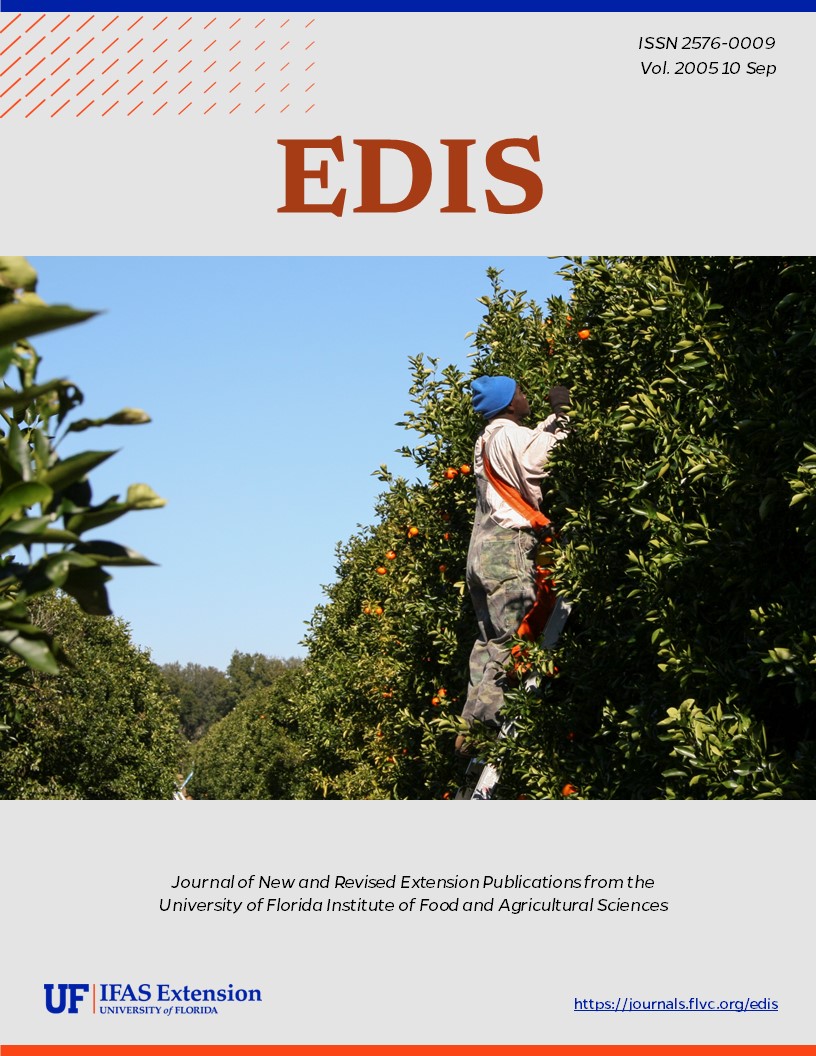Abstract
Napiergrass (Pennisetum purpureum Schumacher) is an enormous, weedy, cane-like grass (Figure 1) commonly seen growing along canals and roadsides in the sugarcane production area of south Florida. Napiergrass, also known as elephantgrass, has been documented in almost 30 counties throughout Florida. It is of African origin, but has been introduced to all tropical areas of the world because of its ability to quickly produce large amounts of biomass. Currently, napiergrass is widely used in Central America, South America, and Africa as a forage crop. Napiergrass was introduced to South Florida and Texas for use as a forage crop, but it is no longer widely used for this purpose and has become a major weed problem. Napiergrass is now established throughout southern Florida, especially along canal and ditch banks and in disturbed or cultivated areas. Because of the weedy characteristics of napiergrass, it is considered to be one of the world's worst weeds and has been listed as an invasive species by the Florida Exotic Pest Plant Council. Although it can be found in central and northern Florida, it is less common due to cooler temperatures. This document is SS-AGR-242, one of a series of the Agronomy Department, Florida Cooperative Extension Service, Institute of Food and Agricultural Sciences, University of Florida. Original publication date: July 2005. Reviewed October 2008.
SS-AGR-242/SC071: Napiergrass: Biology and Control in Sugarcane (ufl.edu)

